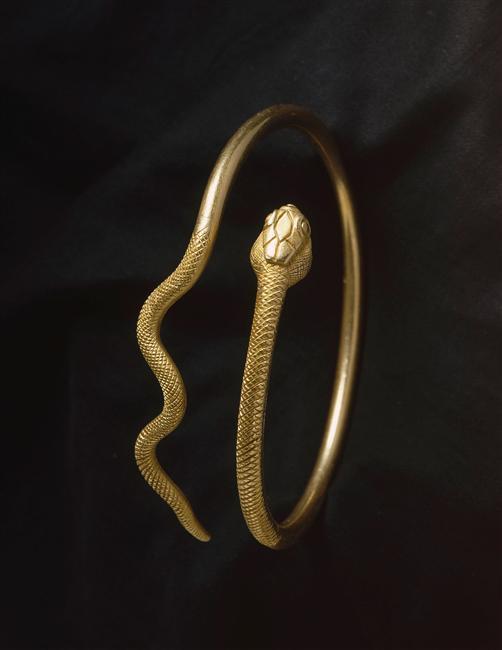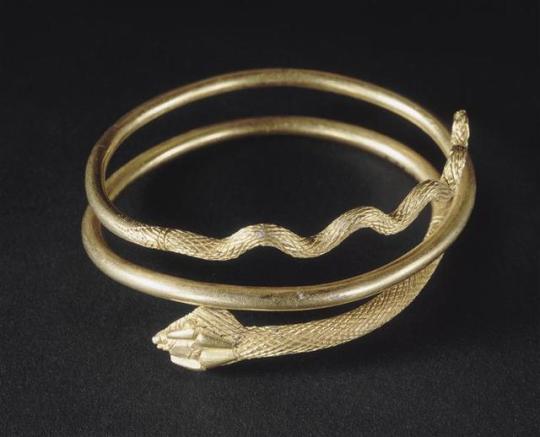Don't wanna be here? Send us removal request.
Text
*walks into a museum* *picks up ancient Greek urn with a person with a dick out drawn on it* *smashes it on the floor* a better, more positive museum
24K notes
·
View notes
Link
Another fic in the Kingsman/Musketeer fusion.
Agent Kay was used to posh parties. Jean Treville wasn't. It's his first Christmas party as a member of Kingsman, he's anxious, and convinced that Chester will be watching and waiting for him to slip up. He needs to be distracted. -- young Jean, Armand, and Harry
0 notes
Text
Shout out to writers invested in rarepairs!!!
Shout out to writers dedicating time and effort to writing long ass rarepair fics that will only get maybe 50 views on AO3!!!
Shout out to writers who post their fics in the rarepair tag on Tumblr and are the only ones in the tag/get little to no notes on their content!!!
You’re all amazing and your writing is wonderful and I love you lots and lots!!!
6K notes
·
View notes
Text
You’ve been hit by 🔪
You’ve been struck by 🔪
A Roman Senator 🔪🔪🔪
430K notes
·
View notes
Text
If someone asks you if you're a god, you say... YES!
Antinous

Antinous, reputed-lover of Emperor Hadrian, is thought to have been born #onthisday in AD 111. Born in the Roman province of Bithynia, he was travelling with the imperial entourage in Egypt when he drowned tragically in the Nile in AD 130. After this death, Hadrian founded a town for him at the bend of the river where he died called Antinoopolis, or Antinous City.
With Hadrian’s creation of this city and the commissioning of a number of portraits of the young man, Antinous became a god. His image spread across the empire and a cult-like following formed. The image and notoriety of Antinous reach from antiquity into the modern world.
This inscribed bust from Syria found in 1879 is the most important surviving image of Antinous, and can be seen on display in our FREE exhibition Antinous: boy made god until 24 Feb 2019.
312 notes
·
View notes
Text
The economy of Ancient Egypt laid the groundwork for building the pyramids

In the Old Kingdom, a period that stretches over roughly 500 years (2686–2181 BC), the economy was primarily agrarian and so heavily reliant on the Nile. The river inundated the fields along its banks and provided fertile silt. It also enabled the transport of commodities across the country.
Research suggests that the majority of the cultivated soils were part of large estates that were under the control of the crown, various temples, and wealthy estate owners, who were usually royal officials.
Such estates should not be regarded as entirely separate units but as intertwined. They were often part of the same redistribution network, ultimately responded to the king, and were, to a certain extent, reliant on the central state administration. This system may have also involved both formal and informal networks of redistribution and favors. The society of this period has been likened to a feudal system, such as that found in medieval Europe. Read more.
313 notes
·
View notes
Photo








David Roberts, The Holy Land, Syria, Idumea, Arabia, Egypt, & Nubia (Color lithographs), published 1855.
7K notes
·
View notes
Photo
Reblogging cause it's Lucius' time period and he's always lurking.


Two bracelets in the form of a snake (gold), from Egypt. Dated back to the Roman Period, ca. 30 BC - 395 AD. Now in the Louvre.
#ancient egypt#jewelry#immortal roman richelieu#if looks could kill universe#my muses do what they want#not what i want
12K notes
·
View notes
Photo
My 2 favorite doctors.

By @wickedfox13
118 notes
·
View notes
Photo
You know you're a Roman history nerd when you know who this is on sight.


MARCUS AURELIUS: PLATO’S PHILOSOPHER KING:
MARCUS Aurelius Antoninus (r. 161-180 CE), last of the “good emperors” of the Roman Empire, has been hailed as “the noblest of all the men who, by sheer intelligence and force of character, have prized and achieved goodness for its own sake and not for any reward” (Grant, 139). His reign was characterized by a devotion to his people and this, as well as his enduring philosophical work, Meditations, attests to the truth of Grant’s praise.
Scholar Michael Grant, however, is hardly the first to express such sentiments. Aurelius was highly respected in his lifetime and is referred to as “the philosopher” by later ancient sources such as Cassius Dio (c. 155-235 CE) and the author (or authors) of the Historia Augusta (4th century CE), a history of Roman emperors. It is clear from both these sources that Aurelius’ Meditations was known to them but the authors focus, not only on the written work – which Aurelius never intended for publication – but on how he lived his philosophy throughout his reign.
Read More
482 notes
·
View notes
Text
A Roman Villa in Positano

Preserved since the eruption of Mount Vesuvius in 79 AD, an Ancient Roman villa, located below Positano’s church of Santa Maria dell’Assunta, has recently opened to the public. Following two excavation initiatives, taking place between 2003 - 2006 and 2015 - 2016, the villa is now accessible to visitors who can descend to ten metres below the church and make their way through what was once the summer home of an elite Roman family.




References: Marco Merola, “A spectacular villa under Positano sees the light.” Available at https://www.archaeology.org/issues/226-1609/features/4758-romans-on-the-bay-of-naples
“The Roman Villa in Positano: An Archaeological Wonder at the Heart of the Amalfi Coast.” Available at http://www.italianways.com/villa-romana-in-positano-an-archaeological-wonder-at-the-heart-of-the-amalfi-coast/
“Positano’s Roman Villa.” Available at http://sirenusejournal.com/en/positano/positanos-roman-villa
Planet Pompeii Blog. Available at https://www.planetpompeii.com/en/blog/the-leisure-of-positano-reopens-the-villa-romana-of-the-amalfi-coast-with-its-wonderful-frescoes.html
Images: Images 1-3 and 5, © Roberto Salomone.
Image 4, © L’Espresso.
Posted by Samantha Hughes-Johnson.
1K notes
·
View notes
Link
Such an exciting find!! Just amazing condition, and the white sarcophagus is so beautiful. A little difficult to see the details on the dark one, but I’m sure it’s equally well decorated. And the reliefs on the walls. And the wrapping on the mummies. So exciting. Every time I’m a bit meh on the whole Egyptology thing (doesn’t happen often), something like this happens and I suddenly know why I do what I do.

#ancient egypt#dynasty 18#luxor#archaeology#sarcophagus#university of auckland#classics and ancient history
21 notes
·
View notes
Text
Wandering Spirit: Ch 15-16
Happy Thanksgiving to those that celebrate it.
I just added two more chapters:
Chapter 15 -- More Optimus angst
Chapter 16 -- More Crosshairs, Cade, and Joshua in Lockdown's ship
https://archiveofourown.org/works/15233448?view_full_work=true
4 notes
·
View notes
Text
Armand just rolls his eyes. This is like any other Tuesday.

6 notes
·
View notes
Photo


After Nero’s death, the Golden House was a severe embarrassment to his successors. It was stripped of its marble, its jewels and its ivory within a decade. Soon after Nero’s death, the palace and grounds, encompassing 2.6 km² (c. 1 mi²), were filled with earth and built over: the Baths of Titus were already being built on part of the site in 79 AD. On the site of the lake, in the middle of the palace grounds, Vespasian built the Flavian Amphitheatre, which could be reflooded at will, with the Colossus Neronis beside it. The Baths of Trajan, and the Temple of Venus and Rome were also built on the site. Within 40 years, the Golden House was completely obliterated, buried beneath the new constructions, but paradoxically this ensured the wallpaintings’ survival by protecting them from dampness
673 notes
·
View notes

